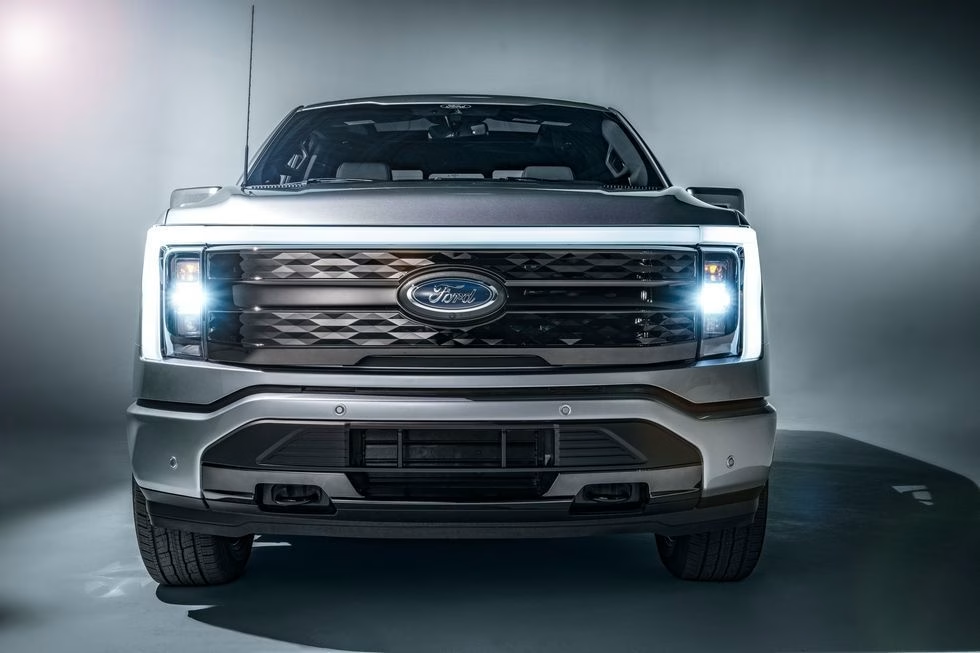Ford Delays Key EV Launches, Pivots to Affordable Models Amidst Intense Competition
In a significant strategic shift, Ford Motor Company has confirmed it's pushing back the launch of two crucial next-generation electric vehicles (EVs). This move, which comes amidst intensifying competition from Chinese automakers and a broader re-evaluation of its EV strategy, signals a clear pivot towards smaller, more affordable models. It's a pragmatic decision, really, when you consider the current landscape.
The automaker recently informed suppliers that production of its highly anticipated full-size electric pickup—envisioned as the successor to the popular F-150 Lightning—will now be delayed from 2027 to 2028. This affects operations at its massive BlueOval City assembly plant in Tennessee. Not just the truck, mind you, but the next-generation E-Transit van, originally slated for 2026 production at the Avon Lake plant in Ohio, also sees its launch pushed back to 2028.
The Shifting Sands of the EV Market
Why the delay? Well, it's pretty clear Ford is feeling the heat. The global EV market, while still growing, has seen its pace slow, particularly in segments where large, premium electric vehicles were once king. And let's be honest, the competition from Chinese manufacturers like BYD and NIO is absolutely relentless. They're not just building EVs; they're driving down costs and flooding overseas markets with incredibly price-competitive models. This puts immense pressure on established players like Ford, forcing them to rethink their entire approach.
Ford's internal projections certainly don't paint a rosy picture for its EV division in the short term. The company anticipates losses of up to $5.5 billion in its EV and software operations for 2025. That's a hefty sum, and it's attributed to a mix of costly quality issues, high recall rates (Ford, unfortunately, leads the industry in this regard), and just general production inefficiencies. When you're bleeding that kind of money, something's gotta give. The market is demanding affordability, and Ford's listening.
A Pattern of Adjustment
This isn't Ford's first dance with EV timeline adjustments, and it probably won't be the last. Back in August 2024, the company already axed a planned three-row electric SUV and delayed another version of the electric F-150. Then, in October of last year, they even halted production of the current F-150 Lightning for six weeks at the Dearborn facility, citing inventory adjustments due to softening demand. It makes you wonder if they're still figuring out the right pace for this transition, doesn't it?
These delays have significant implications for Ford's ambitious manufacturing footprint. BlueOval City in Tennessee, a colossal $5.6 billion investment (a joint venture with SK On for batteries), is designed to churn out up to 500,000 EVs annually once fully operational. Pushing back the launch of its cornerstone product there naturally pushes back the timeline for achieving full-scale output. It's a bit like building a massive factory, only to find you need to retool parts of the assembly line before you even start. This also affects the Ohio plant, which is crucial for the E-Transit, a key offering for commercial fleets.
The Road Ahead: Smaller, Smarter, Cheaper?
So, what does this mean for Ford's EV future? It's a clear signal that the focus is shifting dramatically. Instead of chasing the high-end, large-vehicle segment exclusively, Ford is now prioritizing streamlined platforms and a concerted effort to develop more affordable EVs, potentially targeting that crucial sub-$30,000 price point. This is where the real battle for mass adoption will be fought, especially against those agile Chinese competitors.
It's a tough balancing act, for sure. How do you innovate, maintain quality, and still bring down costs significantly? That's the million-dollar question for every legacy automaker right now. For consumers, this could eventually mean a wider array of more accessible electric options from Ford, which is certainly a good thing. But for now, it's a waiting game as Ford recalibrates its electric ambitions to better match market realities and, crucially, its bottom line. The EV race just got a whole lot more interesting, and perhaps, a lot more practical.
